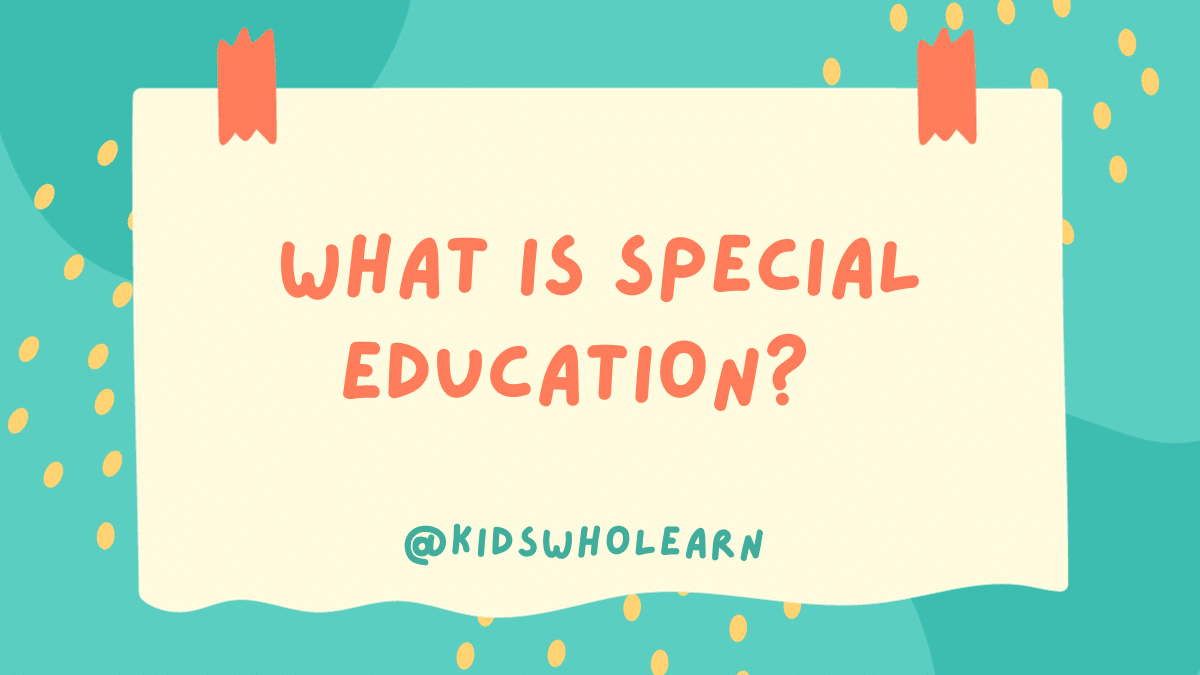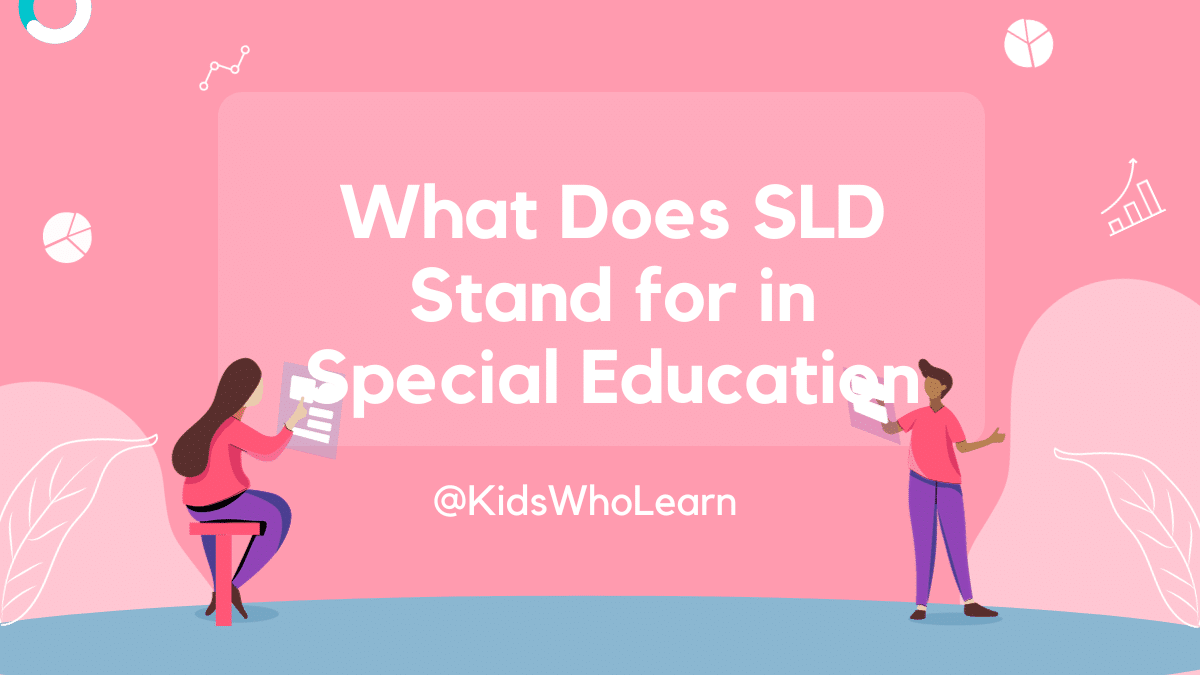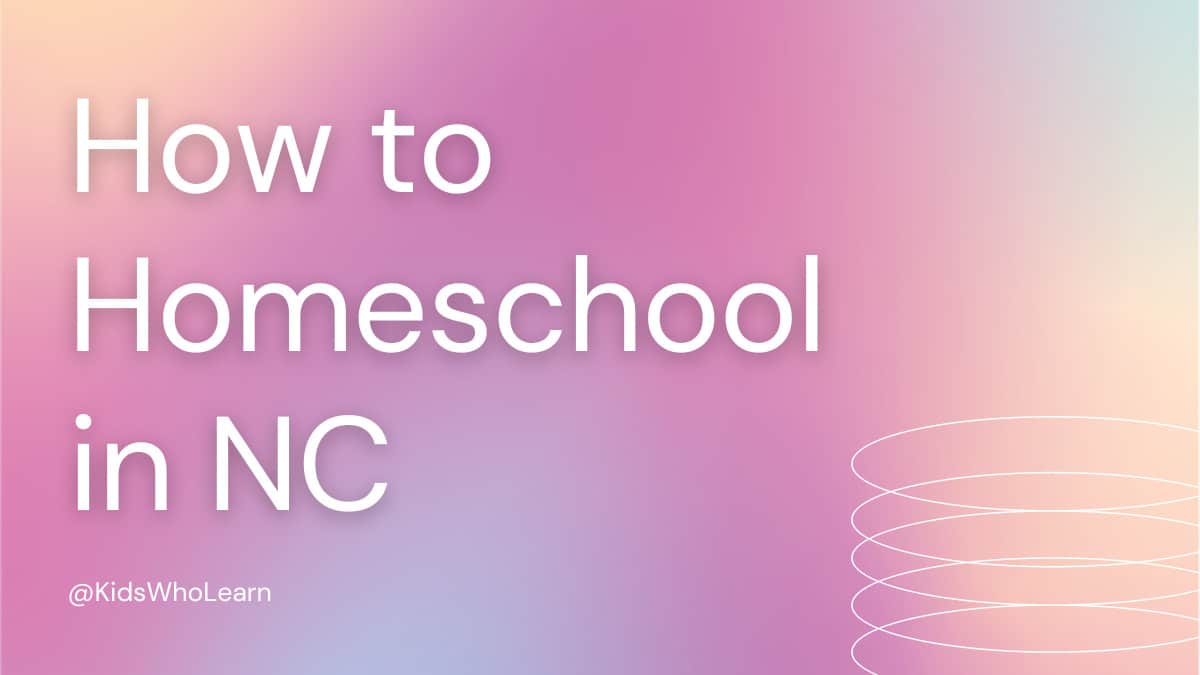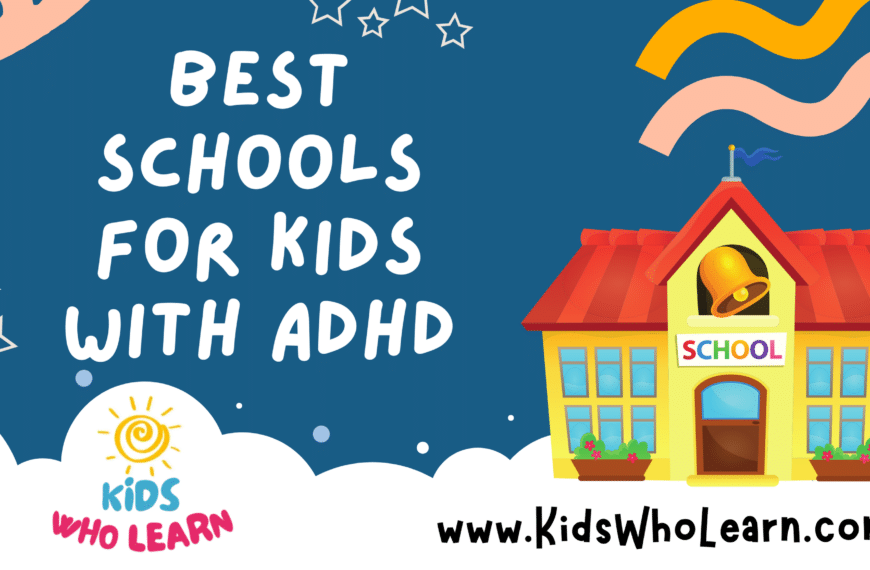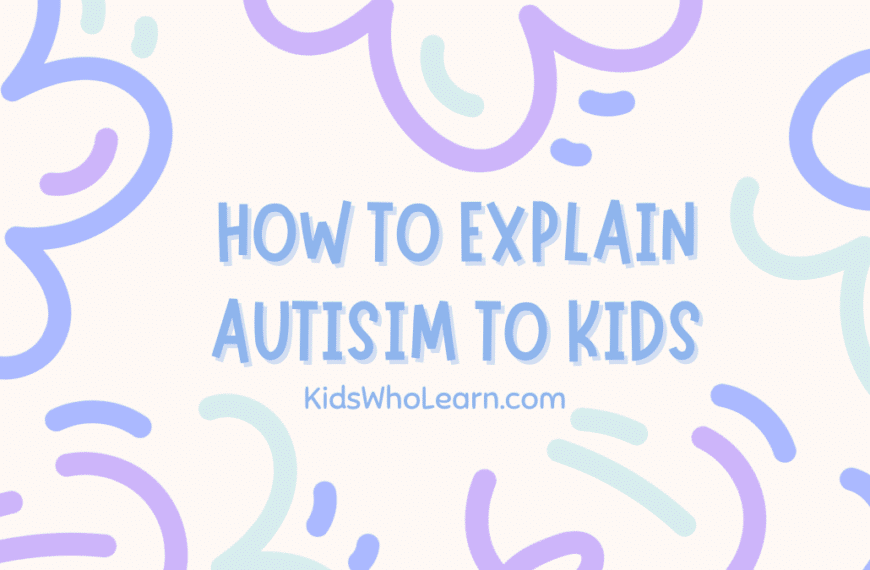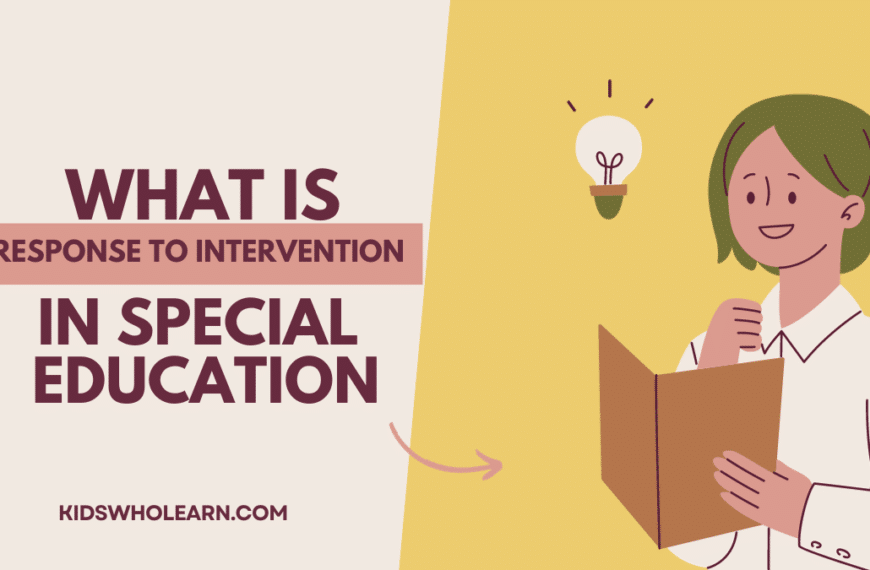If you are new to the world of education, you may have heard the term “special education” and wondered what it means. Simply put, special education is a form of education designed to meet the unique needs of students with disabilities. These disabilities can range from physical, cognitive, emotional, and behavioral impairments.
Special education is not a new concept, but rather a practice that has evolved over time. It was not until the mid-20th century that special education became a recognized field of study. Since then, laws and regulations have been put in place to ensure that students with disabilities have access to a free and appropriate education.
Key Takeaways
- Special education is a form of education designed to meet the unique needs of students with disabilities.
- Special education has a long history and has evolved over time to meet the changing needs of students with disabilities.
- Laws and regulations have been put in place to ensure that students with disabilities have access to a free and appropriate education.
Understanding Special Education
If you or someone you know has a disability, you may have heard the term “special education” before. Special education is a type of education that is designed to meet the unique needs of students with disabilities.
Special education services can include things like:
- Individualized instruction
- Specialized materials and equipment
- Assistive technology
- Speech and language therapy
- Occupational therapy
- Physical therapy
- Counseling services
Special education services are provided free of charge to eligible students by public schools in the United States. These services are mandated by federal law under the Individuals with Disabilities Education Act (IDEA).
To be eligible for special education services, a student must first be evaluated by a team of professionals, which may include teachers, psychologists, and other specialists. If the student is found to have a disability that affects their ability to learn, they may be eligible for special education services.
Special education is not a one-size-fits-all approach. Each student’s needs are unique, and their special education services should be tailored to meet those needs. This is why individualized education plans (IEPs) are created for each student who receives special education services. IEPs outline the student’s specific needs and goals, and the services and accommodations that will be provided to help them succeed.
Overall, special education is an important part of ensuring that all students have access to a quality education, regardless of their disabilities.
History of Special Education
Early Initiatives
Special education has a long and complex history. The first recorded initiatives to educate children with disabilities date back to the 16th century. In 1553, a Spanish monk named Pedro Ponce de Leon established a school for deaf children in Spain. In 1570, Geronimo Cardano, an Italian physician, wrote a book on educating children with disabilities. In 1755, Samuel Gridley Howe founded the Perkins School for the Blind in Boston, Massachusetts.
In the early 19th century, the United States began to establish schools for children with disabilities. In 1817, the American School for the Deaf was founded in Hartford, Connecticut. In 1829, the New York Institution for the Blind was established. In 1851, the Perkins School for the Blind began to admit students who were deafblind.
Modern Developments
The modern era of special education began in the 1960s and 1970s with the passage of several landmark laws. In 1965, the Elementary and Secondary Education Act provided funding for schools to develop programs for children with disabilities. In 1975, the Education for All Handicapped Children Act (now known as the Individuals with Disabilities Education Act or IDEA) mandated that all children with disabilities have access to a free and appropriate public education.
Since then, there have been many important developments in the field of special education. In 1990, the Americans with Disabilities Act (ADA) was passed, which prohibits discrimination against individuals with disabilities in all areas of public life. In 2004, the IDEA was reauthorized, strengthening the law’s provisions for early intervention and transition services.
Today, special education is an integral part of the education system in the United States and around the world. While there is still much work to be done to ensure that all children with disabilities receive the support they need to succeed, the history of special education is a testament to the power of education to transform lives.
Types of Special Education
When it comes to special education, there are several types available to meet the unique needs of each student. Here are the three main types of special education:
Inclusive Education
Inclusive education is a type of education in which students with special needs are placed in general education classrooms alongside their peers without disabilities. Inclusive education aims to provide equal opportunities for all students, regardless of their abilities. Inclusive education can benefit both students with and without disabilities, as it encourages diversity and promotes a positive learning environment. Some of the benefits of inclusive education include improved academic performance, increased social skills, and enhanced self-esteem.
Special Schools
Special schools are educational institutions that cater specifically to students with special needs. These schools offer a wide range of programs and services to help students with disabilities achieve their full potential. Special schools may focus on a particular disability or offer programs for students with multiple disabilities. Special schools may also provide specialized equipment and resources to help students with disabilities learn and communicate effectively.
Home-Based Education
Home-based education is a type of special education in which students receive instruction in their own homes. Home-based education is often used for students who are unable to attend school due to their disabilities. Home-based education may involve a combination of online learning, instructional materials, and support from a teacher or tutor. Home-based education can be a great option for students who require a more personalized and flexible learning environment.
Overall, each type of special education has its own unique benefits and challenges. It’s important to consider the individual needs of each student when selecting a type of special education. With the right support and resources, students with disabilities can achieve their full potential and succeed in school and beyond.
Special Education Laws and Regulations
As a parent or guardian of a child with disabilities, it is important that you are aware of the laws and regulations surrounding special education. These laws are in place to protect the rights of your child and ensure that they receive the appropriate education and services they need to succeed.
One of the most important laws is the Individuals with Disabilities Education Act (IDEA). This federal law requires that all children with disabilities have access to a free and appropriate public education (FAPE). It also mandates that schools create an Individualized Education Program (IEP) for each student with a disability. The IEP outlines the student’s specific needs, goals, and services required to support their education.
Another important law is Section 504 of the Rehabilitation Act. This law prohibits discrimination against individuals with disabilities in all programs and activities that receive federal funding. It requires that schools make reasonable accommodations and modifications to ensure that students with disabilities have equal access to education.
In addition to these federal laws, each state also has its own laws and regulations regarding special education. It is important to familiarize yourself with your state’s laws and regulations to ensure that your child is receiving the appropriate education and services.
Overall, understanding special education laws and regulations is crucial for ensuring that your child receives the education and support they need to succeed. By working with your child’s school and advocating for their rights, you can help ensure that they receive the best possible education and opportunities.
Role of Special Education Teachers
As a special education teacher, you play a crucial role in ensuring that students with disabilities receive the support and accommodations they need to succeed academically and socially. You work closely with students, parents, and other educators to develop and implement individualized education plans (IEPs) that address each student’s unique needs.
Instructional Strategies
One of the primary responsibilities of special education teachers is to develop and implement effective instructional strategies that meet the needs of their students. This may involve adapting curriculum materials, using assistive technology, and providing individual or small-group instruction.
To be effective, instructional strategies must be tailored to the specific needs of each student. This requires a deep understanding of each student’s strengths, weaknesses, and learning style. Special education teachers must be skilled at assessing student needs and developing appropriate strategies to address them.
Collaboration with Regular Teachers
Collaboration with regular education teachers is also an important part of the special education teacher’s role. Special education teachers work closely with regular education teachers to ensure that students with disabilities are included in the general education curriculum to the greatest extent possible.
Collaboration may involve co-teaching, where the special education teacher and regular education teacher work together to provide instruction to all students in the classroom. It may also involve consultation, where the special education teacher provides guidance and support to the regular education teacher on how to best meet the needs of students with disabilities.
Effective collaboration between special education and regular education teachers is critical to ensuring that all students receive the support they need to succeed. By working together, teachers can develop strategies that meet the needs of all students and create a positive and inclusive learning environment.
Challenges in Special Education
As with any educational program, special education has its own set of challenges that educators and students must navigate. Here are some of the challenges you may encounter in special education:
- Individualized Education Plans (IEPs): Each student in special education has their own unique IEP, which outlines their specific needs and accommodations. This can be a challenge for educators, as they must ensure that each student’s IEP is being properly implemented and that progress is being made towards their goals.
- Limited Resources: Special education programs often have limited resources, including funding, staff, and materials. This can make it difficult to provide the level of support and accommodations that each student needs.
- Behavioral Issues: Students in special education may have behavioral issues that require additional support and intervention. This can be challenging for educators, who must balance the needs of the student with the safety and well-being of the other students in the classroom.
- Inclusion: Many special education programs strive for inclusion, which means that students with disabilities are included in general education classrooms whenever possible. However, this can be a challenge for both educators and students, as it requires additional support and accommodations to ensure that all students are able to learn and thrive.
- Communication: Effective communication is essential in special education, as educators must work closely with families, therapists, and other professionals to ensure that each student’s needs are being met. However, communication can be a challenge when there are language barriers or when families are not actively involved in the educational process.
Overall, special education can be a challenging but rewarding field, as educators work to support students with a wide range of needs and abilities. By understanding and addressing these challenges, educators can help ensure that each student is able to reach their full potential.
Future of Special Education
As we move forward, special education is likely to continue evolving in response to the changing needs of students with disabilities. Here are a few ways that the future of special education may look:
Greater Use of Technology
Technology has already played a significant role in special education, and this trend is likely to continue. Assistive technology devices and software can help students with disabilities access the curriculum and communicate more effectively. As technology continues to advance, we can expect to see even more innovative solutions that help students with disabilities thrive in the classroom.
More Inclusive Classrooms
In recent years, there has been a push toward more inclusive classrooms, where students with disabilities are educated alongside their non-disabled peers to the greatest extent possible. This trend is likely to continue, as research has shown that inclusive classrooms can be beneficial for all students. Inclusive classrooms can help foster greater understanding and empathy among students, and can help students with disabilities develop important social skills.
Increased Focus on Transition Planning
Transition planning is an important aspect of special education, as it helps prepare students with disabilities for life after high school. In the future, we can expect to see an increased focus on transition planning, with more emphasis on helping students develop the skills they need to succeed in college, vocational training programs, and the workforce. This may include greater collaboration between schools, families, and community organizations to provide students with a wide range of resources and support.
Overall, the future of special education is likely to be characterized by continued innovation and a greater focus on meeting the individual needs of students with disabilities. As we move forward, it will be important to continue working together to ensure that all students have the opportunity to reach their full potential.
Frequently Asked Questions
What are the characteristics of students who receive special education?
Students who receive special education may have a variety of disabilities or disorders that affect their ability to learn. These may include physical, cognitive, emotional, or behavioral disabilities. Students who receive special education services may have difficulty with communication, socialization, or academic skills.
What is the history of special education in the United States?
Special education has a long history in the United States, dating back to the early 1900s. In the past, students with disabilities were often excluded from public schools and were not provided with the same educational opportunities as their peers. However, over time, laws and policies were put in place to ensure that students with disabilities had access to education.
What are some of the laws that govern special education?
Several laws govern special education in the United States, including the Individuals with Disabilities Education Act (IDEA), Section 504 of the Rehabilitation Act, and the Americans with Disabilities Act (ADA). These laws ensure that students with disabilities have access to appropriate educational services and accommodations.
What is the role of a special education teacher?
Special education teachers are responsible for providing specialized instruction and support to students with disabilities. They work with students to develop individualized education plans (IEPs) and provide accommodations and modifications to help students succeed in the classroom.
What are some common types of special needs that students may have?
Students who receive special education services may have a variety of needs, including learning disabilities, ADHD, autism spectrum disorders, emotional and behavioral disorders, and physical disabilities. Each student’s needs are unique, and special education teachers work to develop individualized plans to meet those needs.
What are the requirements for obtaining a degree in special education?
To become a special education teacher, you must typically earn a bachelor’s degree in special education or a related field. You may also need to obtain teaching certification or licensure in your state. Some states require additional coursework or a master’s degree in special education.

